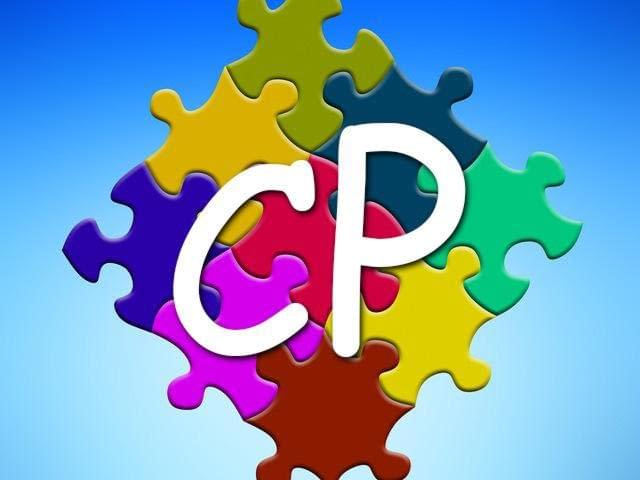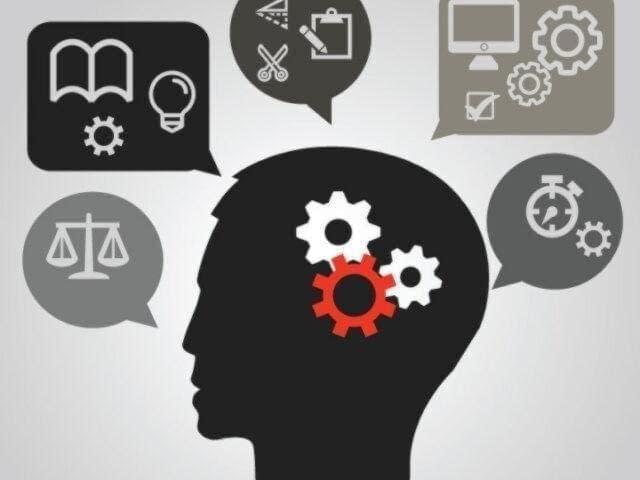What is a neuropsychological evaluation? The difference between psychological and neuropsyhological evaluations A standard psychological…

Cerebral Palsy
Cerebral palsy is a developmental disorder and leading cause of disability in young children. It affects approximately 500,000 children and adults, with around 8,000 babies and between 1,200 and 1,500 preschool-age children diagnosed each year.
Cerebral palsy occurs as a result of brain injury sustained during fetal development or birth. However, because the symptoms of CP affect a child’s coordination and independent movement, the injury is not always diagnosed right away, especially when the symptoms are mild. Parents usually notice that something is wrong when a child fails to reach developmental milestones such as rolling over, crawling or walking. This may lead to a diagnosis later in life, accounting for the children who are diagnosed as toddlers.
Cerebral palsy is caused by damage to the motor cortex of the brain. This is the part of the brain that affects muscle control and coordination. For this reason, children with cerebral palsy frequently struggle with walking and fine motor skills. The type and severity of symptoms can vary significantly from one patient to the next, and an individual’s case may be made more complex by the presence of coexisting conditions such as cognitive disability, epilepsy, vision problems and more.
For this reason, CP treatments are always highly individualized to suit the needs of the patient. There is no cure for cerebral palsy, but many treatments and therapies exist that can provide relief from symptoms.
The Cerebral Palsy Group is an excellent source of in depth information about Cerebral Palsy, educational information, resources, and support for affected individuals and their families. To learn more, please visit the informational resources at the Cerebral Palsy Group.



